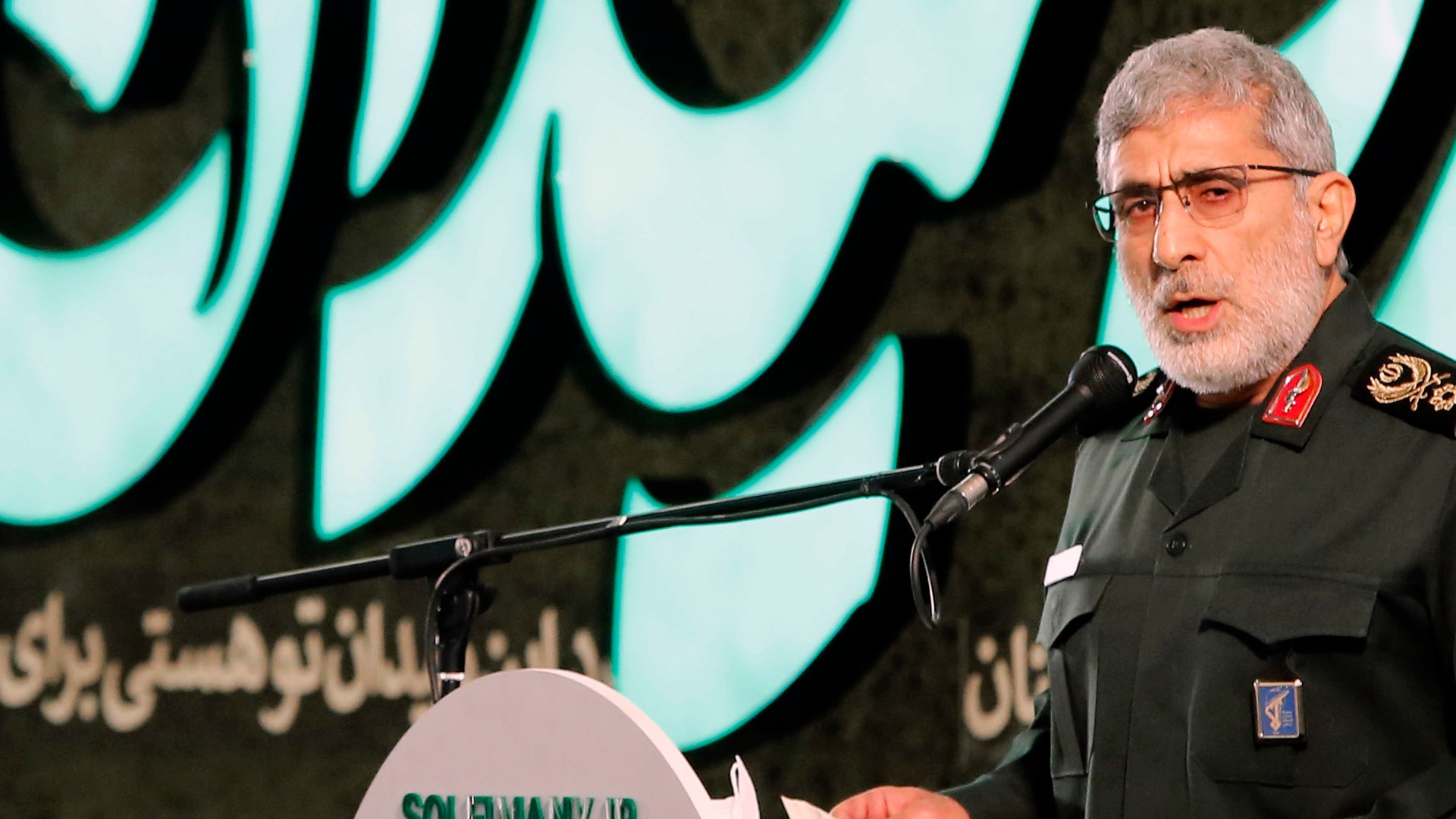Soleimani was a central figure in Iran’s support for the “axis of resistance,” an alliance of Middle East militant groups opposing Israel and the United States. His death on January 3, 2020, ordered by then-President Donald Trump, was a significant blow to Tehran’s regional strategy
read more
Shortly after arriving in Baghdad on January 3, 2020, Qasem Soleimani, the commander of the Quds Force of the Islamic Revolutionary Guard Corps (IRGC) and a key figure in the development of Iran’s regional dominance, was struck by a drone strike that was claimed by the United States. File image/Reuters
Iran held rallies across major cities on Thursday (January 2) to commemorate the fifth anniversary of the assassination of Revolutionary Guards commander Qasem Soleimani, who was killed in a US drone strike in Iraq in 2020.
In Tehran, demonstrators gathered at the Imam Khomeini Grand Mosalla mosque, chanting slogans such as “Down with America” and “Down with Israel” while holding photos of Soleimani.
President Masoud Pezeshkian addressed the crowd, pledging to counter what he described as efforts to sow discord among Muslims. “We will stand on the side of the truth. We will continue on the path of martyr Soleimani with strength and defeat these cowards,” he said.
Similar rallies took place in other cities, including Soleimani’s hometown of Kerman, according to state media.
A key figure in Iran
Soleimani was a central figure in Iran’s support for the “axis of resistance,” an alliance of Middle East militant groups opposing Israel and the United States. His death on January 3, 2020, ordered by then-President Donald Trump, was a significant blow to Tehran’s regional strategy.
Foreign Ministry spokesperson Esmaeil Baqaei described Soleimani as a “commander of hearts” in a post o

